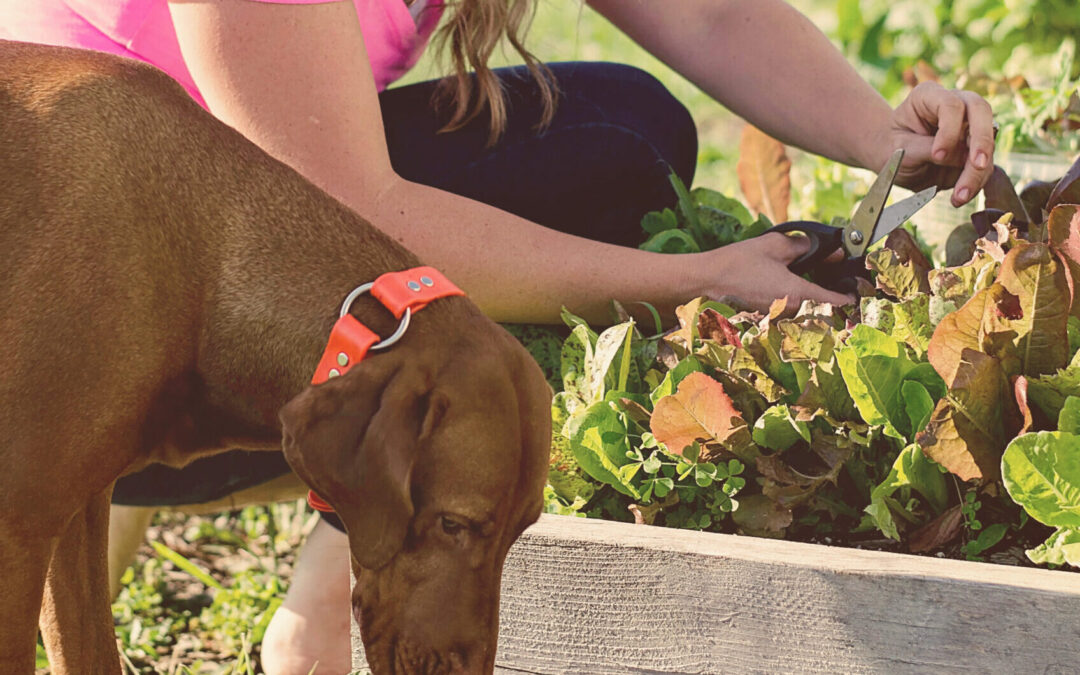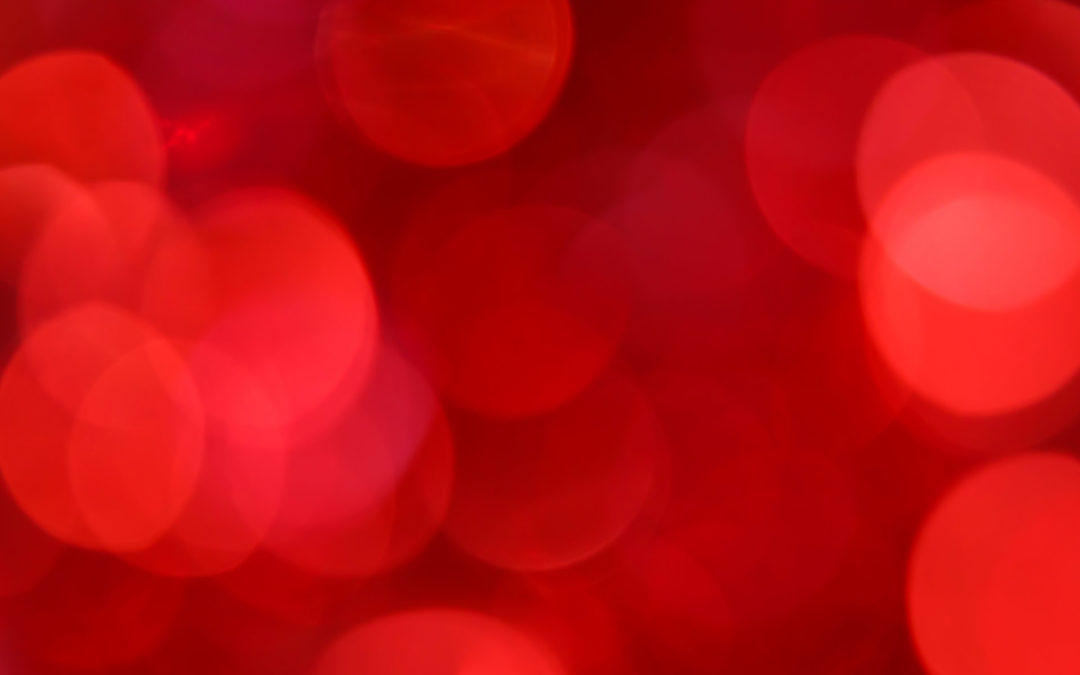
The Best Essential Oils for Immunity in Kids
Keeping stress and toxins away from our family lately can feel like a massive undertaking when trying to keep everyone as healthy as possible during virus season. Even if your kids are normal, healthy small people, they still get compromised during sports, school, and daycare and then helpfully share it with everyone at home. Today’s article focuses on which of the best essential oils for immunity I love for my kids (and yours). Let’s take a look.
NIH research supports essential oil use for immunity-boosting power
Even the NIH is supportive of essential oils for immune-boosting natural wellness protection!
I’m sharing this fascinating abstract around this particular study, Much More Than a Pleasant Scent: A Review on Essential Oils Supporting the Immune System. Because of all of the growing attention that herbs and essential oils are getting in the top research centers right now, this study strove to investigate the immune-supporting properties of essential oils by compiling prior research around this topic for animals and humans. The most exciting and helpful part of this article is the related studies noted on the side, showcasing a deep dive into much of the research done over the past ten years. If you are looking for some specific support, you may find something beneficial here.
Also fascinating is why we feel so good after spending a couple of hours, or the entire day, outside.
Grandma was right, kids (and adults) need fresh air that contains wood essential oils available in the breeze, and more is more. The Japanese refer to this as “forest-bathing,” a romantic label and what we in the States call “going for a hike.” It’s also why we crave going up into the mountains and getting out into the fields with our dogs and horses. It’s not only the exercise that is good for our bodies; it’s breathing in nourishing, fresh essential oils right from the source. (Read section 6 in the above link). There is a long list of studied specific EO included in the article, so I encourage you to check it out if you are curious.
Keeping Our Kids Naturally Healthy
I won’t get into the washing hands here, but adding in some key wellness support when it starts to get colder outside can make the difference for everyone in your immediate family. These won’t make up completely for lack of sleep or exercise or even a lacking diet and we all get sick sometimes.
Some of the best essential oils for immunity that I reach for regularly are:
Lavender – When talking about immunity, this essential oil helps kids get restful sleep and reduce stress.
Lemon – With antibacterial properties, lemon is a natural ingredient in homemade cleaner solutions. In the summer or when in sunny parts of the world, lemon can be photosensitive, so please dilute it well and avoid using before sun exposure within 12 hours of having on your skin.
Eucalyptus – has powerful antibacterial and antiviral properties, so I love this when you are looking for support for flu, chickenpox, or other child viruses that like to spread.
Peppermint – is super antibacterial and antifungal, so keep this one on the shelf for headaches to tummy troubles. It can be effective against colds and flu and is a super energy stimulant for a late day push when you are running low without caffeine.
Tea Tree – Tee Tree is a triple threat as an antibacterial, antiviral AND antifungal. It’s valued as a natural immunostimulant and can be used directly on the skin or in a diffuser.
Thieves- the old folklore story goes that the thieves of plague times would douse themselves in this oil blend and not get sick! We love this blend!
Palmarosa – Another one from the other side of the world, Palmarosa grass is mainly grown in India and Nepal for a wide range of immunity boosting properties.
Quick Immunity Recipes for Kids to Try
Need an idea of where to begin? I’ve got you covered! Try either of these in a diffuser with purified water.
Immunity Blend #1
- Lavender – 3 drops
- Eucalyptus – 2 drops
- Rosemary – 2 drops
- Thieves – 2 drops
Immunity Blend #2
- Palmarosa – 3 drops
- Lemon – 2 drops
- Tea Tree – 2 drops
- Peppermint – 2 drops
- Clove – 1 drop
Searching for more specific information on what to try or how to use a specific essential oil? Join my Facebook group or reach out directly!
xo, Mollie
ABOUT MOLLIE VACCO

Certified health coach, with a focus on natural wellness and holistic modalities
Mom of three boys & wife
Licensed Parelli Instructor & horsewoman







